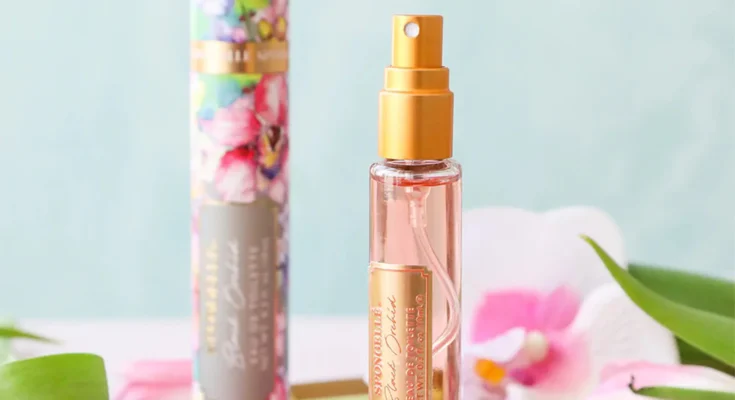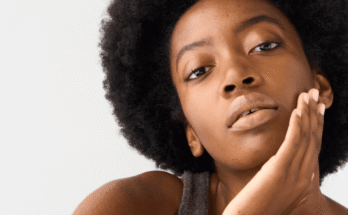Eau de Parfum (EDP) is one of the most popular and long-lasting types of fragrance, loved for its intense and lingering scent. Creating an Eau de Parfum is an intricate and artistic process that involves a blend of natural and synthetic ingredients, combined with expert craftsmanship. From selecting the finest raw materials to perfecting the final formulation, the creation of an EDP requires great attention to detail. Here are the steps involved in crafting a luxurious Eau de Parfum.
Steps To Create An EDP
- Step 1: Concept Development & Inspiration
The first step in creating an Eau de Parfum is the development of a concept or theme. Perfumers often draw inspiration from a wide range of sources, including nature, art, emotions, or personal experiences. The goal is to create a scent that conveys a specific message or evokes a particular feeling.
For example, a perfumer may aim to capture the essence of a summer garden, the elegance of a classic rose, or the fresh scent of the ocean. Once the concept is clear, the perfumer begins the process of selecting the notes and ingredients that will reflect that inspiration.
- Step 2: Selection Of Raw Materials
The next step involves the careful selection of raw materials. Perfumers use a combination of natural ingredients (such as essential oils and absolutes) and synthetic compounds to create a balanced fragrance. Natural ingredients are extracted from flowers, fruits, spices, woods, and resins, while synthetic molecules are used to enhance or mimic certain scents.
The choice of raw materials is crucial, as it determines the overall character of the perfume. Top notes, heart notes, and base notes are carefully selected to create a harmonious and multi-layered scent profile.
- Step 3: Creation Of The Perfume Composition
Once the ingredients are selected, the perfumer begins blending them to create the perfume composition. This process is called compounding and requires a high level of expertise. The perfumer must balance the intensity and interaction of each note to ensure that the final fragrance develops in the desired way.
- Step 4: Ageing & Maturation
After the fragrance composition is created, it goes through a process of ageing or maturation. This step is like ageing fine wine. The perfume is stored in a cool, dark place for several weeks to allow the ingredients to blend and develop fully. During this time, the scent deepens, and the notes become more cohesive.
Ageing ensures that the final fragrance is well-balanced and long-lasting. The process allows the top, heart, and base notes to harmonise and stabilise, ensuring a smooth and consistent olfactory experience.
- Step 5: Dilution & Concentration
Once the perfume has matured, it is diluted with alcohol to achieve the desired concentration. Eau de Parfum typically has a high concentration of fragrance oils (around 15-20%), making it more intense and long-lasting compared to Eau de Toilette or Eau de Cologne.
The dilution process is carefully controlled to ensure the right balance between strength and wearability. The concentration determines how long the fragrance lasts on the skin and how far the scent projects.
- Step 6: Bottling & Packaging
The final step in the creation of an Eau de Parfum is bottling and packaging. The fragrance is transferred to beautifully designed bottles that reflect the brand’s identity and the perfume’s concept. Packaging plays a significant role in the overall experience, as it enhances the visual appeal and emotional connection to the fragrance.
Creating an Eau de Parfum is an intricate process that blends artistry and science. From selecting the finest ingredients to perfecting the composition, each step requires precision and expertise. The result is a luxurious and long-lasting fragrance that captures emotions, memories, and inspiration in a single bottle. Try a wide range of Lancôme products to enjoy this olfactory experience.




